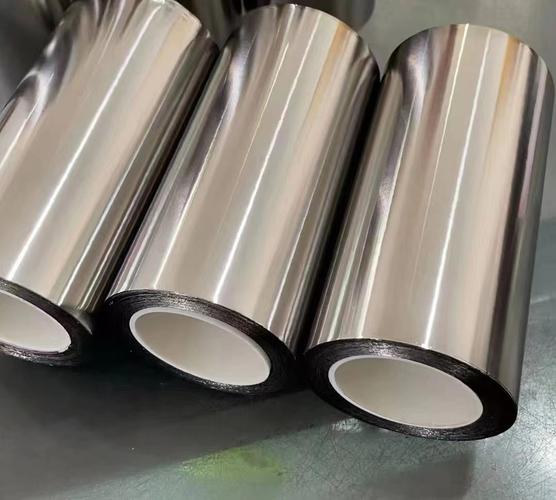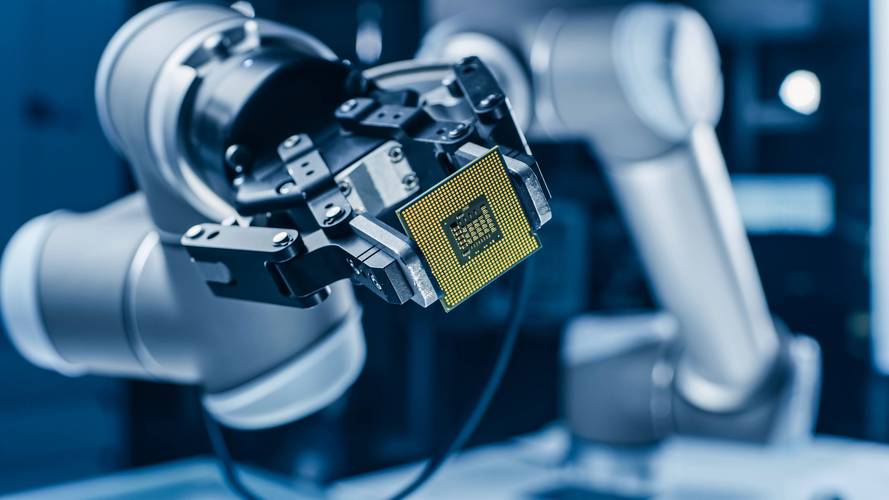Carbon-Silicon-Germanium-Tin: Opening the "Fourth Door" for Future Chips.
In the world of semiconductors, silicon has long been the leading star. From the earliest transistors to today's supercomputers, it has stood centre stage, carrying the weight of the entire information age. Yet scientists have long realised that relying on silicon alone is no longer enough to meet the challenges of future electronics. Photonics and quantum technologies. Enter a new alloy made of carbon, silicon, germanium, and tina, a freshly formed quartet that may unlock boundless possibilities for the next generation of devices.

For semiconductor engineering, this harmony is crucial. Like a troupe of actors speaking the same language, the four elements can naturally integrate on silicon's "stage" without disrupting the crystal's delicate structure. Carbon, the smallest of the group, is like a nimble dancer, fine-tuning the rhythm of electron motion. Silicon remains the backbone, steady and reliable. Germanium lends flexibility, while tin— the "heaviest" member— injects unique characteristics into the mix. Put together, they represent a dream scientists have pursued for decades: a semiconductor material that balances stability with tunability.
Silicon alone has its shortcomings. For example, in optics, silicon is like a singer with a weak voice, unable to naturally produce lasers. But when blended with carbon, germanium, and tin, the material behaves like a mixing console, finely adjusting the bandgap- the core parameter governing how light and electrons behave. The result?
More efficient light emission, and even lasers that can operate stably at room temperature. This paves the way for computer chips or smart glasses with embedded optical modules, enabling data transfer at speeds that feel instantaneous.

Getting these four elements to coexist peacefully, however, has been no small feat. Carbon atoms are needle-point tiny, while tin atoms are as bulky as iron balls. Asking them to line up neatly in the same crystal lattice is like trying to squeeze a violin and a tuba into the same case. For years, many thought it was impossible. But researchers cracked the problem through precise epitaxial growth, laying atoms layer by layer onto a substrate. Even better, this process doesn't require exotic new equipment- it can be achieved with tools similar to those already used in chip manufacturing. In other words, this isn't a pie-in-the-sky experiment; it's a technology with real-world potential.
Once the material was successfully synthesised, the team staged a "trial performance. They built the first light-emitting diode based on a four-element quantum well structure. The device not only emitted light stably but also displayed distinctive optical characteristics. It was as if the quartet had successfully lit the very first lamp on stage, proving its harmony in action. The significance goes beyond a new material: it shatters the long-standing belief that carbon and tin cannot coexist.
Through meticulous process optimisation, scientists showed that even elements with “Opposite personalities" can join hands. It's like opening a new door, revealing that group-I element combinations hold far more possibilities than once imagined.
In a sense, the progress of semiconductors is like a centuries-spanning symphony. Silicon's solo has carried decades of glory, but now a new alloy steps onto the stage with an unprecedented harmony. The delicacy of carbon, the steadiness of silicon, the agility of germanium, and the weight of tin together compose a movement for the future. Soon, the devices we use every day may become faster, smarter, and more energy-efficient thanks to this elemental symphony." When scientists lit the first LED made from this four-element material, the message was clear. Tomorrow's chips won't just be silicon solos— they’ll be ensemble performances of many voices.

(Writer:Galli)



